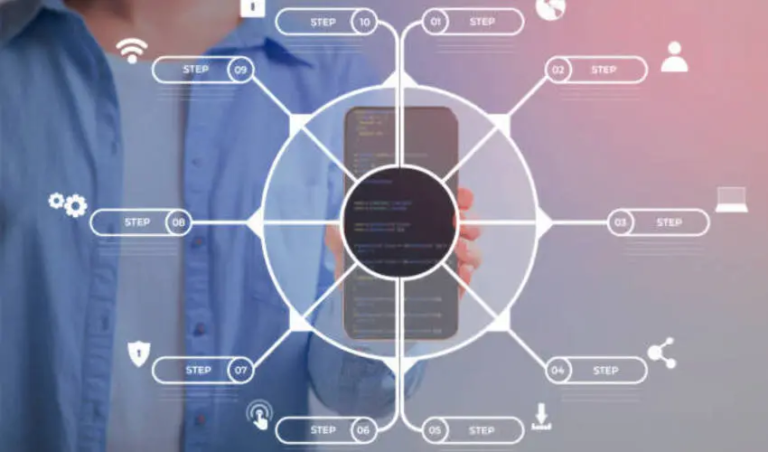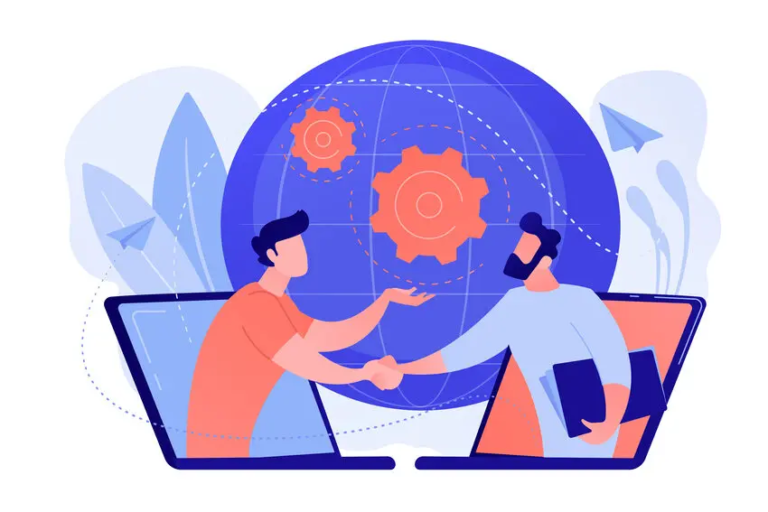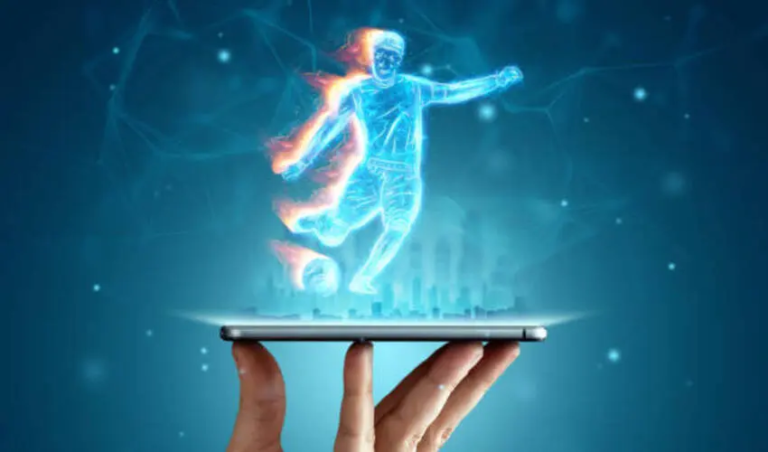Experience design is just one of the many commercial domains that stand to reap benefits from the creation of artificial intelligence. UX and Product Principal tells us how AI may enhance the profession.
Introduction
AI is altering how customer experiences may be provided, whether we like it or not. AI can help get products to market more quickly and, most importantly, with the appropriate features. This includes data-driven decision-making and early design validation. AI is being increasingly implemented in UI&UX consulting services company.
Additional important use cases include providing hyper-personalized interfaces, improving accessibility, and early user needs validation.
Automation of Difficult Tasks
In addition to making our customers’ (and their customers’) experiences better, the applications for AI to make things better behind the scenes are virtually limitless.
Even if there is pretty reasonable skepticism about AI itself and what it can produce, this kind of undertaking is actually improving things by bringing down the barrier of price and opening high-quality legal assistance to everybody who needs it.
Automating Actual Analysis
Market research and competition analysis are being revolutionized by custom GPTs. You may automate most of the analytical process by leveraging predefined sources, such as industry reports, news stories, social media, and rival websites, along with well-defined prompts.
Any website’s data can be easily scraped using the GPT sitemap tool, enabling weekly, monthly, or as-needed updates. Additionally, giving instances of the intended results guarantees that you will obtain what you want. In addition to providing you with near-real-time information on the newest trends and rival activity, this automation frees up time for strategic duties.
Early Assessment of Ideas With Artificial Users
The faster you can get people to use your ideas, the quicker you can get them in front of the marketplace, and the less they are likely to cost. That then means you have longer to explore the concepts with more significant potential. You could further leverage artificial intelligence here with the simulation of personas to try out your ideas against. In the initial round, unexpectedly, synthetic users work quite well, especially at pruning out bad ideas from a massive sample.
While true, like all practices that involve your consumers and their lives, AI cannot replace the real thing. You want to get rid of wrong ideas as fast as you can. Then use real consumers to evaluate, test, and perfect your product development. Without real user feedback, relying only on AI is like sailing without navigation.
Improving Accessibility with Gen UI
Accessibility should be the heart of all digital services, but it usually takes a backseat. It is still far behind where it should be in terms of the industry’s effort to improve accessibility. With the help of AI, accessibility can be emphasized. Examples of AI-based assistive technology include text-to-speech and context-aware recommendations, which would make it easier for those who have low literacy, motor, or cognitive abilities to use their digital products in the best possible manner.
Offering Modified Experience
Carrying hyper-personalized gadgets around in one’s everyday life has boosted expectations significantly for individualized experiences. AI and machine learning help speed up this process with the analysis of enormous data on browser behavior, buying history, and demographics.
It can also enable, on-platform, real-time experiences, thereby creating individualized content and experiences that shift according to changing requirements and preferences of the user base by forecasting what users want and will be doing, based on both interactions with the app, as well as contextual information in the environment.
Conclusion
Even with all that rapid advancement, there are massive areas within UX that are well likely to become much better. Such opportunities arise more likely from multi-AI agent configurations rather than the newer models. We found out that for maximum UX, one has to learn how to support customers in all stages of their journeys.
Frequently Asked Questions (FAQs)
What does AI stand for?
AI stands for artificial intelligence.
What is AI?
It is defined as the set of technologies that allow computers to perform various advanced functions.
What is UI?
It stands for the user interface. It is a design process that designers utilize to create pleasurable interfaces in computer devices and systems.
What is UX?
It stands for user experience. It is done to develop pleasant, efficient, and easy experiences with businesses and brands.
Diginatives offers the best UI and UX consulting services. If you want top-notch services for yourself, please contact us.






